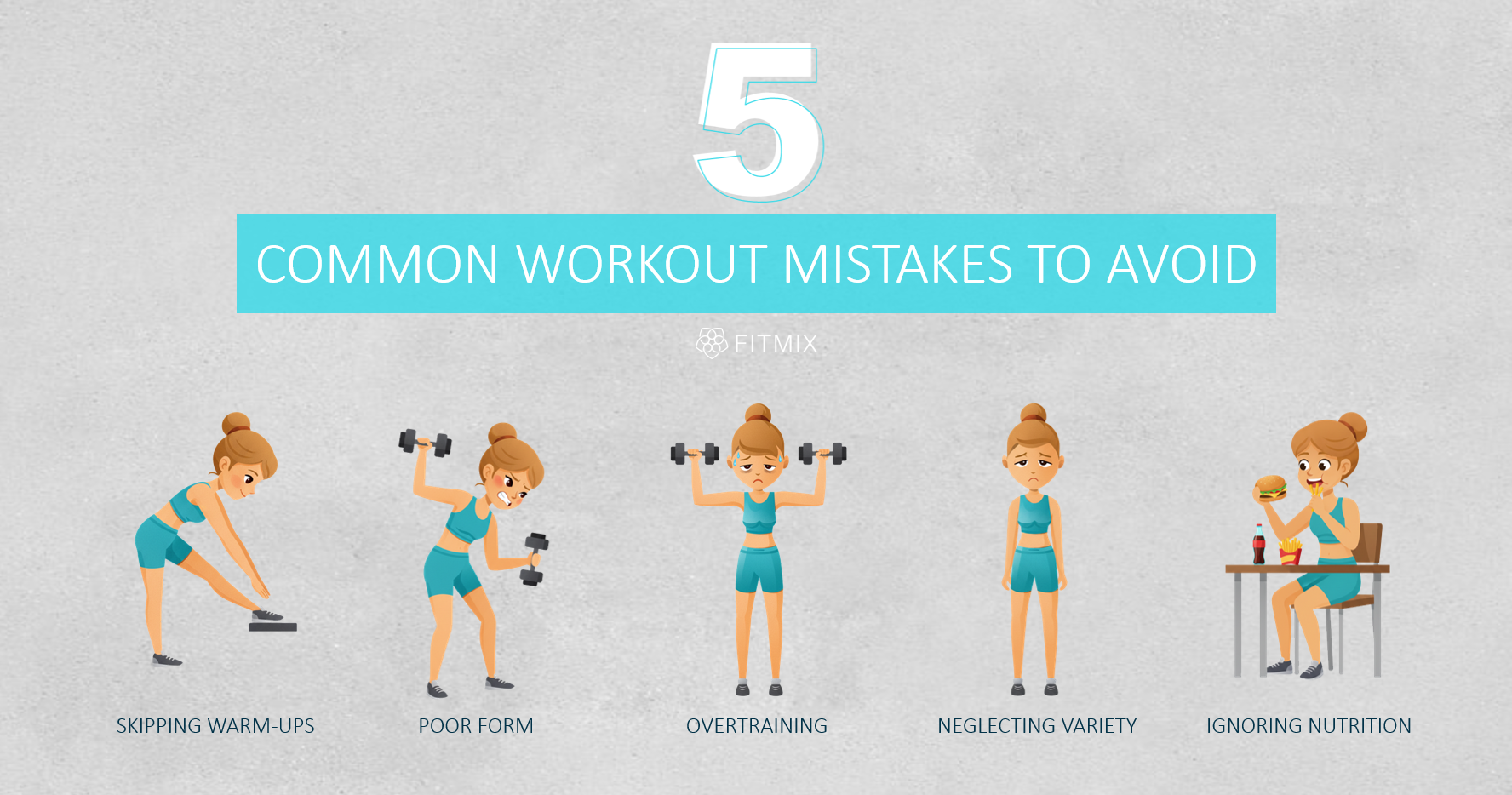The Benefits of Cross Training
 August 17, 2024
August 17, 2024
 0
0
 0
0

Cross-training involves incorporating a variety of exercises
and workouts into your fitness routine. This approach offers numerous benefits,
helping you achieve a balanced and well-rounded level of fitness. Here are some
reasons why you should consider cross-training and how to get started.
Benefits of Cross-Training
1. Reduces Risk of Injury
By engaging in different types of exercises, you avoid
overuse injuries that can occur from repetitive strain on the same muscles and
joints. Cross-training allows you to work on different muscle groups and give
others time to recover.
2. Improves Overall Fitness
Cross-training helps you build strength, endurance,
flexibility, and balance. By mixing up your workouts, you can improve various
aspects of your fitness, making you a more well-rounded athlete.
3. Prevents Boredom
Doing the same workout routine can become monotonous over
time. Cross-training keeps things interesting by introducing variety and new
challenges, keeping you motivated and engaged.
4. Enhances Performance
Incorporating different types of workouts can improve your
performance in your primary sport or activity. For example, a runner can
benefit from strength training and yoga to improve muscle strength and
flexibility.
5. Promotes Weight Loss
Cross-training can help you burn more calories by keeping
your body guessing. The variety of exercises can prevent plateaus and keep your
metabolism active.
How to Incorporate Cross-Training
1. Identify Your Goals
Determine what you want to achieve with cross-training.
Whether it's improving overall fitness, enhancing performance in a specific
sport, or preventing injury, having clear goals will help you create a balanced
plan.
2. Mix Up Your Workouts
Incorporate a variety of exercises into your weekly routine.
Here are some examples:
a. Cardio: Running, cycling, swimming, or dancing
b. Strength Training: Weightlifting, bodyweight exercises, or
resistance band workouts
c. Flexibility: Yoga, Pilates, or stretching routines
d. Balance and Coordination: Activities like tai chi or agility
drills
3. Schedule Your Workouts
Create a weekly schedule that includes different types of
workouts. Aim for a balance between cardio, strength training, and flexibility
exercises. For example:
Monday: Cardio (e.g., running)
Tuesday: Strength training
Wednesday: Yoga
Thursday: Cardio (e.g., cycling)
Friday: Strength training
Saturday: Active recovery (e.g., walking or light
stretching)
Sunday: Rest or flexibility exercises
4. Listen to Your Body
Pay attention to how your body responds to different
workouts. Adjust the intensity and frequency of your exercises based on how you
feel and any signs of fatigue or injury.
Conclusion
Cross-training is a powerful approach to fitness that offers
numerous benefits, including reduced injury risk, improved overall fitness, and
enhanced performance. By incorporating a variety of exercises into your
routine, you can stay motivated, avoid plateaus, and achieve a balanced level
of fitness. Start mixing up your workouts and enjoy the diverse benefits of
cross-training!
Subscribe to My Newsletter
Fill your email below to subscribe to my newsletter
Comments (00)
Be the first to comment!
Leave a Reply
Your email address will not be published. Required fields are marked *





